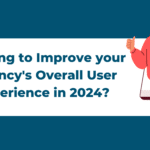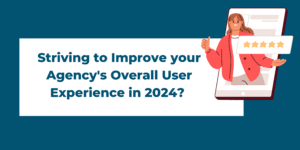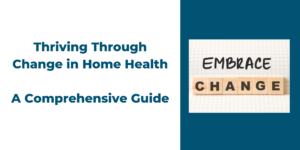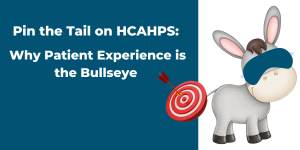
$7.83 billion – yes, that’s billion with a ‘B’.
This staggering figure represents the estimated annual cost of acute care utilization attributable to medication-related challenges.
According to the CDC, adverse drug events lead to approximately 1.3 million emergency department visits each year. About 350,000 patients annually require hospitalization for further treatment following emergency visits due to adverse drug events. As people age, they typically take more medications, and the risk of adverse events may increase as more people take a greater number of medicines.
For those who appreciate the details, here’s the breakdown:
- 1.3 million ER visits at an average cost of $2,400 per event.
- 350,000 hospitalizations at an average cost of $13,262 per event.
With the introduction of the Home Health Value-Based Purchasing (HHVBP) model, the Centers for Medicare & Medicaid Services (CMS) have now implemented a financial incentive for improved outcomes in home health agencies, especially for those caring for patients on new medications and with higher acuity levels
The 2022 utilization metrics provided by CMS in the home health proposed rule further highlight the uniqueness and complexity that home health providers face in preventing hospital admissions while managing care delivery costs versus reimbursement.
On average, within a 30-day care period, patients receive 8.73 visits from home health providers. This leaves about 21 days, or 70% of the time, without the care team in the home. During this gap, either the patient or caregiver needs to actively inform the agency of any changes, or the agency must ensure that their clinicians proactively check in with patients between visits in addition to achieving productivity requirements.

On the surface, the solution seems clear-cut: clinicians need to engage in follow-up with patients between visits to ensure medication instructions are clear and provide additional in-home visits as needed. However, the actual implementation of this strategy is often a more complex and demanding task than it initially appears, for a multitude of reasons.
Nursing Supply vs. Patient Demand: As of December 2022, Wellsky reported that 76% of patients referred to home health care were not being accepted, an increase from 54% in 2019. Additionally, the growing nursing shortage has forced operators to be cognizant of attrition related to burnout. As of writing this article, there were 2910 home health nurse job postings on Indeed across just 4 markets in Texas and Florida.
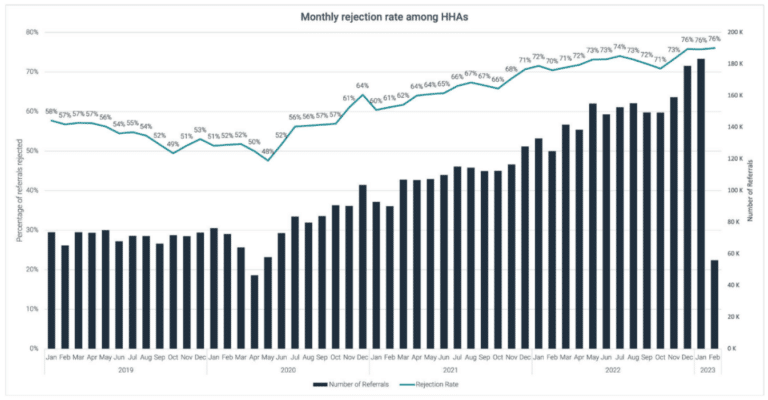
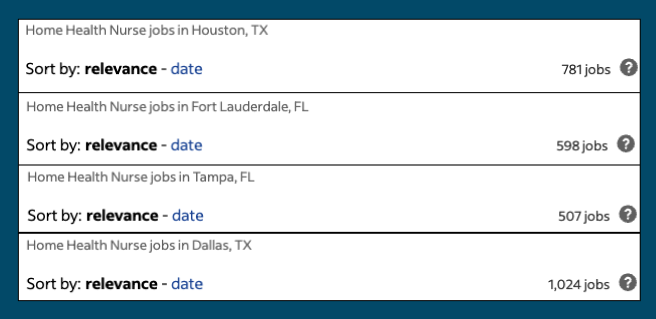
Lack of Proactive Patient Insights: Results from our Home Health Value-Based Purchasing (HHVBP) industry survey indicated that 46% of the home health workforce felt a lack of insights between visits limited their ability to provide timely intervention and prevent avoidable hospital admissions.
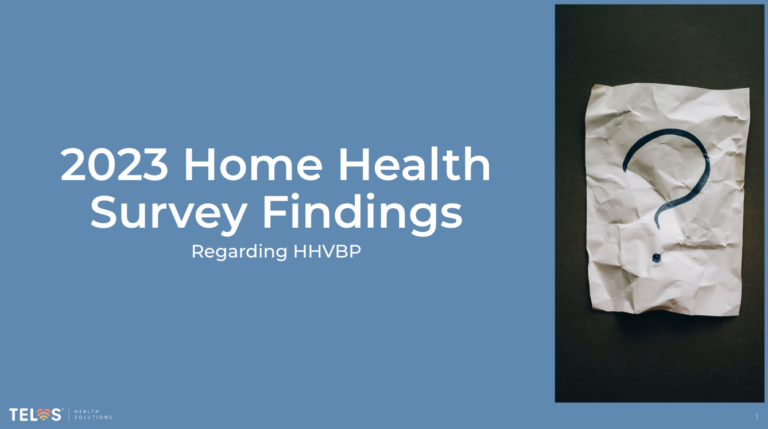
It is for this very reason that we created our CareNav solution/process.
The solution was conceived through a process that incorporated a dual-aspect approach:
- Empower patients through a proactive approach in which they can share updates and receive assistance between in-home visits.
- Provide care teams and clinical managers with support by delivering between-visit patient updates, enabling them to intervene proactively and prevent hospitalizations. This not only improves the care experience for patients but also reduces the unplanned workload that leads to clinician burnout.
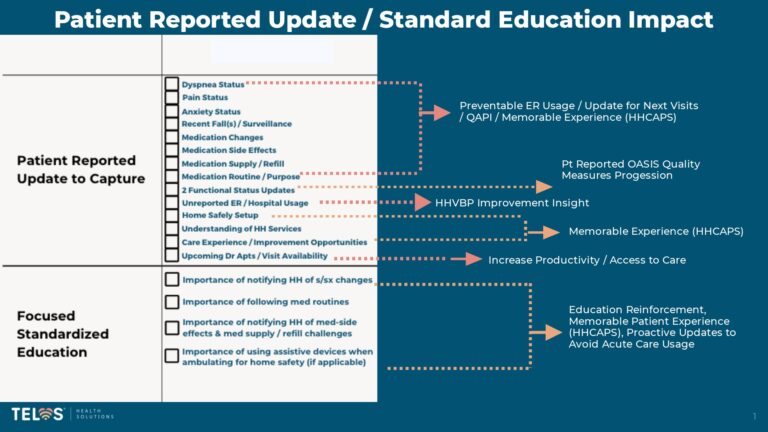
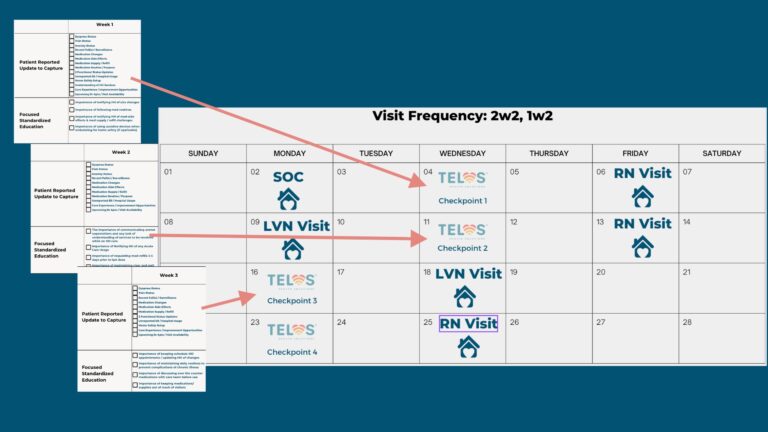
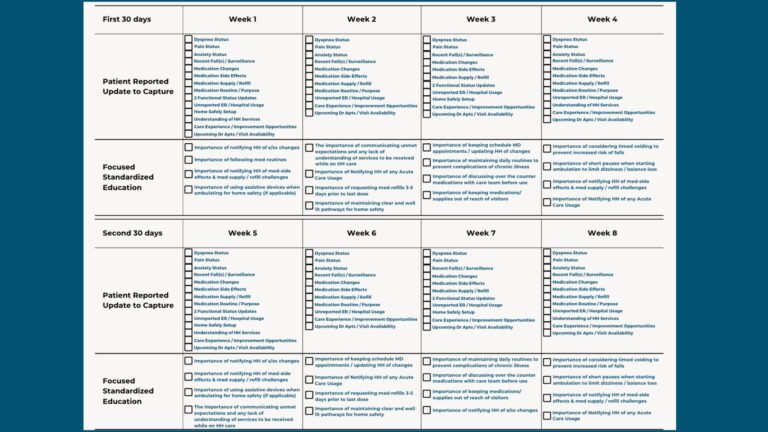
Our CareNavigation solution was designed to bridge care continuity gaps, enabling home health agencies to deliver effective, patient-centered care. It integrates a standardized patient engagement process into daily workflows without increasing the care team’s workload, providing insights into patient experiences and challenges. This leads to a more focused approach at the point of care and reassurance for patients, clinicians, and agency leadership.
For agencies handling a daily census of more than 150 patients and seeking to boost patient outcomes by refining their care delivery, click the link below to schedule a quick demonstration to see how we’re assisting other home health agencies of similar size.
